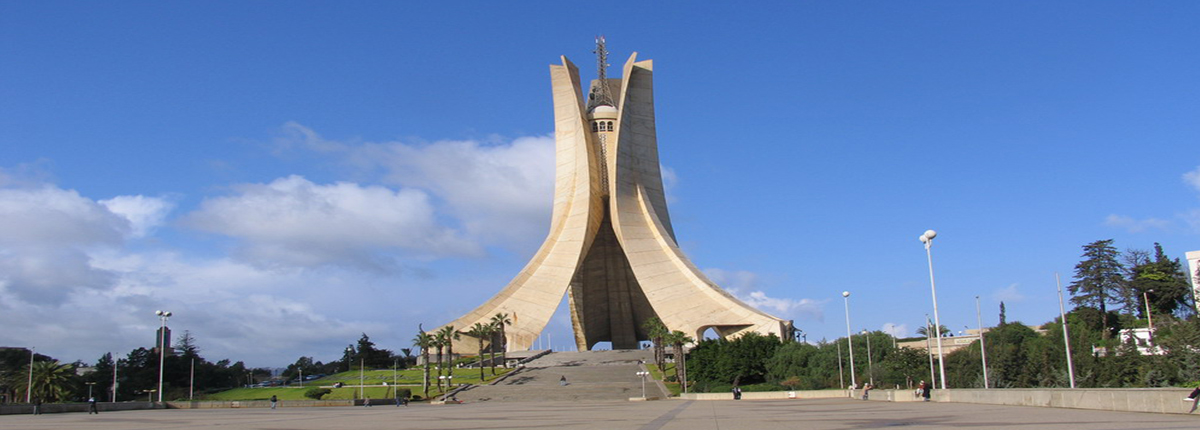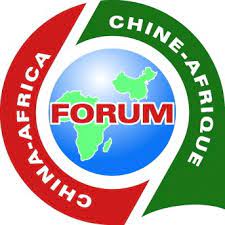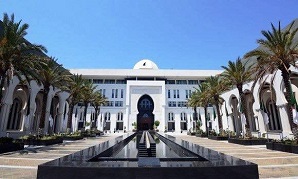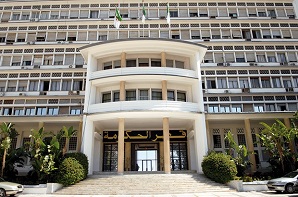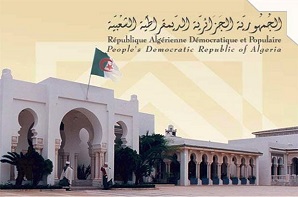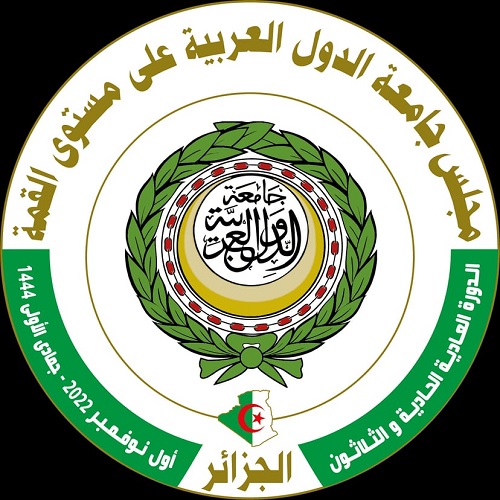NEWSmore
Plastic arts in Algeria, "multimillennial" practice
ALGIERS-With a prolific dynamic of creation, a perpetual evolution marked by the emergence of innovative artistic movements demonstrating, revealing, presenting …the world creation and seeking the unique Algerian style, the landscape of the plastic arts in Algeria would have known, in sixty years, countless talents who have introduced elements of Algerian identity and culture into universal art.
Fine arts in Algeria are a "multi-millennial" practice that dates back to the rock art of Tassili N'Ajjer and the Upper Paleolithic terracotta figurines discovered at Mechta Afalou, near Bejaia, and which has long evolved with the contribution of different civilizations to give a “corresponding Algerian art to the culture of the country,” said the art critic, Ali El Hadj Tahar.
In an interview with APS, Ali El Hadj Tahar, who is also a writer, journalist and painter, refers to the genesis of the visual arts in Algeria as the rock art of Tassili N'Ajjer, and its thousands of painted or engraved walls spread over an area of more than seven million hectares classified as a World Heritage Site by UNESCO in 1982.
This largest open-air museum in the world provides information regarding “the form’s geometric perceptions,” essential to understanding the evolution of painting and fine arts in general in Algeria, which will be supported by clay figurines, discovered at Mechta Afalou, near Bejaia, and which go back to the same chronological horizon as European art and the upper paleolithic limestone figurine of Willendorf’s Venus (Austria).
Algerian art was also “greatly enriched by the Berber contribution during the Roman period, in particular through pottery and mosaics more colorful and shimmering than those of Italy before introducing all new forms of artistic expression and new media with the Islamic arts.”
The local artistic practice witnessed, at that time, the introduction of the book’s art, the miniature and the illumination, as well as all the arts related to architecture and decoration that the popular craftsmanship had claimed by including the signs and patterns found in carpets or in tattoos to this day.
During colonization, nearly forty orientalist painters worked in Algeria, including the three giants, Eugene Fromentin, Theodore Chasseriau and Eugene Delacroix, said Ali El Hadj Tahar, believing that this period was marked by the introduction of the use of perspective and easel painting, which he considered recent in Algeria.
In addition, by considering that the Algerian artistic creation is “one of the liveliest in Africa and the Arab world,” the author of numerous books on Algerian painting said that trends and styles have evolved infinitely since the beginning of the 20th century, worn by founders such as Azwaw Mammeri, Bachir Yelles, Choukri Mesli, Ali Ali-Khodja, Mhammed Issiakhem, Baya Mahieddine, Mohammed Khadda and Omar Racim.
